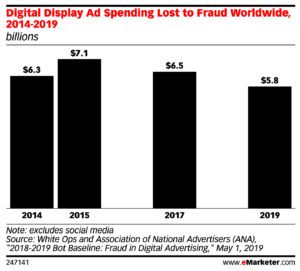Last October Yieldmo hosted a client summit in Park City, Utah. I was fortunate enough to kick off the first day with a trip down memory lane… privacy memory lane. Often I find myself acting as Internet historian since I’ve been enamored with the thing since the late 80s, logging on to the local BBS and playing Trade Wars 2002 late into the night.

At the summit I traced back online advertising’s rise to the creation of the humble cookie in 1994. It was a seminal moment for the web as it allowed a browser to maintain state between web pages. I rambled on through a series of events, highlighting each milestone’s impact on advertising as well as noting the privacy implications. As the years went by, society at large took notice of the wealth of information being distributed across the globe and eventually cried out loud enough to force governments and large companies to address their concerns.
I documented swings between discrete tracking and privacy safeguards in a post on The Drum called The Privacy Pendulum. I’m finally posting the unabridged text here, enjoy.
The Humble Cookie
The year was 1994. I was a student at the Illinois Institute of Technology and had switched majors to Computer Science. The Internet, with a capital I, had me in its grasp. I was enamored with all things web. Looking back I think I must have been easily impressed, because gray backgrounds with blue and black text don’t seem all that impressive today. The promise of the web was readily apparent, though. It just needed a few more features to really take off.
1994 was also the year Lou Montulli, a Netscape engineer, invented the cookie. He wasn’t trying to open the door to an industry to revolve around audience tracking and targeting. He just wanted a shopping cart to work properly on the web.
Read more






